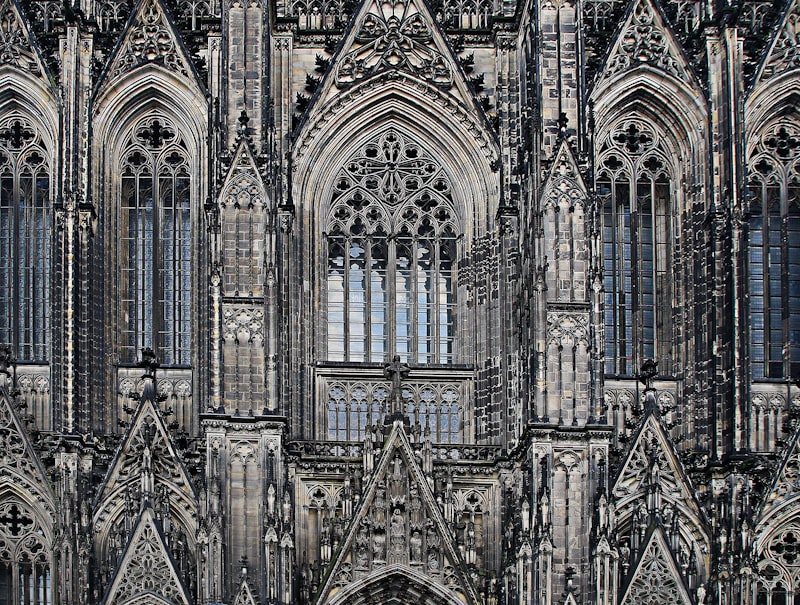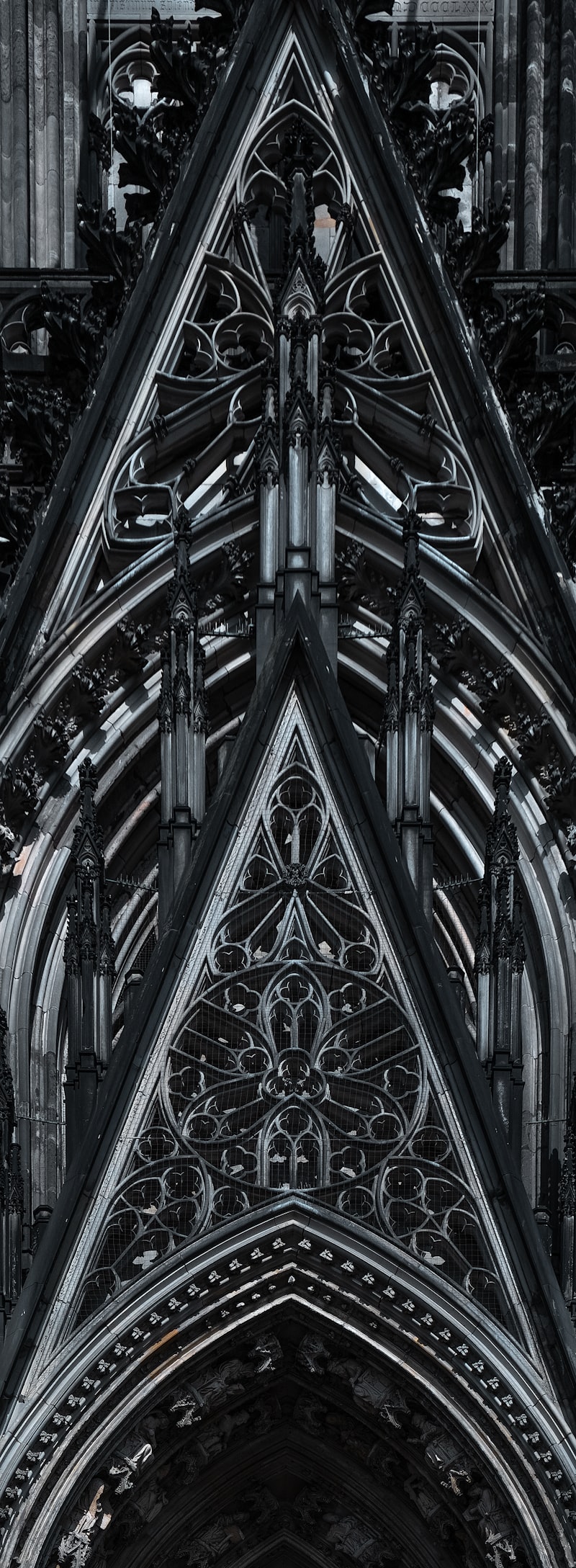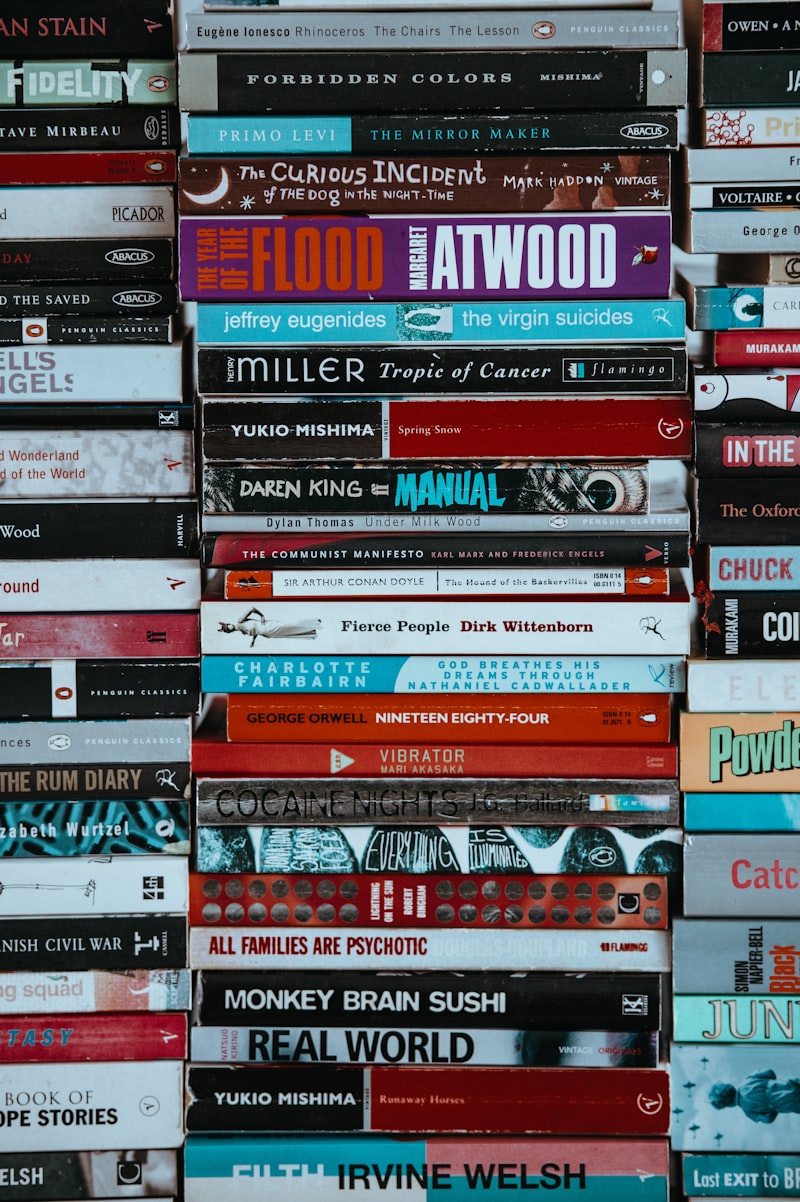One of the most striking impacts of Gothic literature on modern horror is its portrayal of the supernatural. From Mary Shelley’s “Frankenstein” to Bram Stoker’s “Dracula,” Gothic novels introduced iconic monsters and creatures that have become staples in horror today. These supernatural elements not only terrify but also fascinate, tapping into primal fears and igniting our imaginations.
Moreover, Gothic literature pioneered the use of atmospheric settings to evoke fear. Dark, crumbling castles, mist-shrouded moors, and isolated mansions became synonymous with dread and mystery. These settings, often personified as characters themselves, create a sense of foreboding and unease that permeates modern horror films and literature alike.
Furthermore, Gothic literature delved into the depths of human psychology, exploring themes of madness, obsession, and the darker aspects of human nature. Characters like Edgar Allan Poe’s tormented souls or Robert Louis Stevenson’s morally ambiguous figures have influenced modern horror’s focus on psychological suspense and the inner struggles of protagonists.
In addition to its thematic contributions, Gothic literature introduced narrative techniques that remain integral to horror storytelling. The use of unreliable narrators, suspenseful pacing, and chilling revelations heighten the tension and keep audiences on edge, exemplified in works ranging from Shirley Jackson’s “The Haunting of Hill House” to contemporary horror blockbusters.

Overall, the influence of Gothic literature on modern horror is unmistakable. It continues to inspire writers, filmmakers, and artists to explore the macabre, the supernatural, and the depths of human fear. By weaving together elements of dread, mystery, and psychological insight, Gothic literature has shaped the landscape of horror fiction and entertainment, ensuring its legacy endures in the shadows of our darkest fears.
Unveiling the Shadows: How Gothic Literature Shapes Modern Horror


Imagine a world cloaked in mist, where ancient castles loom against a stormy sky, and secrets lurk in every corner. This is the essence of Gothic literature, born in the 18th century but casting its shadow across centuries. Writers like Edgar Allan Poe and Mary Shelley wove intricate webs of suspense, exploring themes of madness, death, and the supernatural. Their stories were a dance between light and darkness, delving into the darkest recesses of the human psyche.
Fast forward to the present day, and you’ll find echoes of these Gothic roots in modern horror. Films, books, and even video games draw inspiration from Gothic elements, infusing their tales with eerie atmospheres and psychologically complex characters. The haunted houses, the brooding anti-heroes, and the looming sense of dread—all owe a debt to the Gothic tradition.
But Gothic literature isn’t just about fear; it’s about exploring the unknown and confronting our deepest fears. It’s a mirror held up to our anxieties and obsessions, inviting us to peer into the abyss and question our own humanity. In doing so, it taps into universal themes that resonate across cultures and generations.
Gothic literature continues to wield its influence over modern horror, shaping narratives that unsettle and captivate audiences worldwide. Its legacy is one of darkness and mystery, a reminder that the shadows hold as much fascination as they do terror. So, the next time you find yourself drawn into a chilling tale of the macabre, remember—you’re experiencing the enduring legacy of Gothic literature.
From Haunted Castles to Urban Nightmares: Gothic’s Evolution in Horror
Gothic horror’s evolution mirrors our changing fears and anxieties. In its early days, authors like Horace Walpole and Ann Radcliffe spun tales of mystery and suspense, where old mansions held dreadful secrets and supernatural occurrences defied rational explanation. These stories tapped into a fear of the unknown, the supernatural, and the mysteries hidden within decaying architecture.

As time progressed, Gothic horror expanded beyond its traditional settings. It delved into the psychological and existential fears of urban life. Cities became the new backdrop, their towering skyscrapers and labyrinthine streets providing the perfect setting for new terrors. Writers like Edgar Allan Poe and H.P. Lovecraft brought cosmic horror into the mix, where humanity’s insignificance in the face of vast, malevolent forces became a recurring theme.
Today, Gothic horror continues to evolve, embracing contemporary fears and themes. It reflects our concerns about technology, identity, and the fragility of the human psyche in a fast-paced, interconnected world. Modern Gothic tales blend supernatural elements with psychological horror, exploring the blurred lines between reality and nightmare.
In film and literature, Gothic horror remains a powerful genre that challenges our perceptions and pushes the boundaries of fear. It invites us to confront our deepest fears and anxieties, whether they stem from ancient curses or the shadows lurking just beyond our urban landscape.
The evolution of Gothic horror reminds us that fear is timeless and ever-changing. From the towering spires of haunted castles to the dark alleyways of bustling cities, the genre continues to captivate audiences with its ability to explore the darkest corners of the human experience.
Gothic Roots, Modern Fears: Analyzing Horror’s Debt to 18th-Century Fiction
Imagine a world where crumbling castles hide dark secrets, where mysterious figures lurk in the shadows, and where every creak of a floorboard could signal impending doom. This is the essence of Gothic fiction, a genre that emerged during a time of great social and political upheaval in Europe. The 18th century was marked by revolutions, both industrial and ideological, and Gothic literature mirrored these uncertainties with its themes of decay, madness, and the supernatural.
One of the key elements that Gothic fiction introduced was the concept of the ‘terror’ and the ‘horror’. While ‘terror’ evokes a sense of apprehension and dread, ‘horror’ plunges us into the macabre and the grotesque. These distinctions are crucial as they shape the way modern horror storytellers craft their narratives. By manipulating these emotions, authors can create a rollercoaster of suspense that keeps readers on the edge of their seats.
In addition to its thematic elements, Gothic fiction also pioneered narrative techniques that are still used in horror today. The use of unreliable narrators, where the reader is unsure whether to trust the protagonist’s version of events, adds layers of complexity and psychological depth to the storytelling. Furthermore, Gothic literature often explores the blurred boundaries between the natural and the supernatural, inviting readers to question their own perceptions of reality.
As we delve deeper into the legacy of 18th-century Gothic fiction, it becomes clear that its influence on modern horror is profound and enduring. From classic literature to contemporary cinema, echoes of Walpole and Radcliffe’s dark imaginings can be found in every corner of the genre. Whether it’s the haunted houses of Shirley Jackson or the psychological terrors of Stephen King, Gothic fiction continues to shape our nightmares and remind us that the past is never truly dead—it’s just waiting to terrify us anew.
Dark Romance to Darker Realms: Gothic Literature’s Impact on Contemporary Horror
One of the defining features of Gothic literature is its ability to evoke a sense of dread and unease through its settings and characters. Authors like Edgar Allan Poe and Mary Shelley crafted tales that explored themes of madness, death, and the unknown, setting the stage for modern horror writers to follow. The influence of Gothic fiction can be seen in iconic works such as Bram Stoker’s “Dracula,” which introduced the world to the charismatic yet terrifying figure of the vampire.
Contemporary horror owes much to Gothic literature’s legacy. It continues to draw inspiration from Gothic tropes, from the isolated and sinister settings to the exploration of humanity’s primal fears. The psychological depth and emotional intensity found in Gothic fiction resonate in modern horror narratives, where the line between reality and the supernatural often blurs.
Moreover, Gothic literature’s impact extends beyond the written word. It has permeated other forms of media, including film, art, and even fashion. The Gothic aesthetic, characterized by its dark and romantic allure, remains a powerful influence in popular culture, offering a rich tapestry of themes and motifs for creators to explore.
In essence, Gothic literature continues to cast a long shadow over contemporary horror, shaping the genre with its evocative storytelling and enduring themes. Its ability to delve into the darkest corners of the human psyche ensures that its influence will continue to haunt and captivate audiences for generations to come.
Frequently Asked Questions
What are some notable examples of Gothic literature that directly influenced iconic modern horror works
Explore notable examples of Gothic literature that have directly influenced iconic modern horror works. Discover how classics like Mary Shelley’s ‘Frankenstein’ and Bram Stoker’s ‘Dracula’ laid the foundation for themes of monstrosity and the supernatural, inspiring generations of horror writers. Learn about Edgar Allan Poe’s atmospheric tales and how they shaped psychological horror, alongside the eerie settings and suspenseful plots found in Gothic novels.
How did Gothic literature pave the way for modern horror themes and tropes
Gothic literature laid the foundation for modern horror by introducing eerie settings, supernatural elements, and psychological terror. It inspired themes like haunted houses, madness, and the macabre, shaping the horror genre we know today.
In what ways do settings in Gothic literature impact modern horror storytelling
Explore how settings in Gothic literature influence modern horror storytelling, shaping eerie atmospheres and invoking fear through haunted castles, isolated mansions, and dark forests. Discover the enduring impact of these settings on creating suspense and chilling narratives in contemporary horror fiction.
What are the key elements of Gothic literature that influence modern horror
Explore the foundational elements of Gothic literature that continue to shape modern horror, including eerie settings, supernatural elements, intense emotions, and a focus on the macabre. These elements provoke fear and unease, creating a timeless appeal in contemporary horror storytelling.
Which modern horror authors and filmmakers were inspired by Gothic literature
Discover how modern horror authors and filmmakers draw inspiration from Gothic literature, shaping their narratives with dark themes, eerie atmospheres, and psychological depth.


